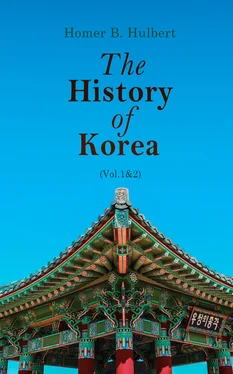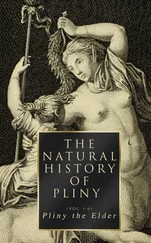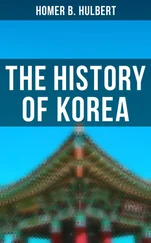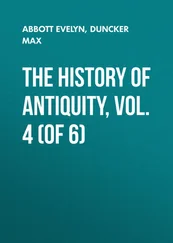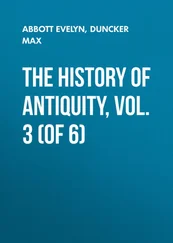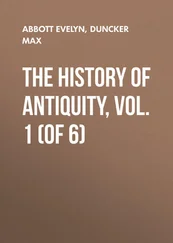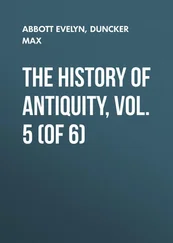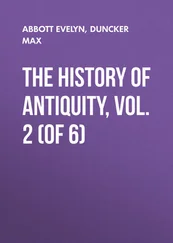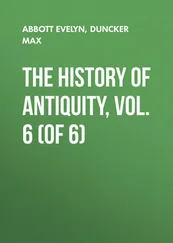An interesting point in connection with the mathematical knowledge of the time is brought out in the statement that the system of land tax was changed and was collected at a certain rate per each square of thirty-three paces; but if the field was large the tax was a certain amount for each tract forty-seven paces square. The square of thirty-three is 1089 and the square of forty-seven is 2209, which is the nearest possible to twice the square of thirty-three. It would seem then that they had some notion of the properties of geometrical figures.
It was about this time that Kitan changed its name to Yo. She at once sent an envoy announcing the fact. These were the golden days of Koryŭ’s relations. The Yŭ-jin tribe of To-ryŭng-ko-do-wha came and swore allegiance as also did the Chang-man and Tu-hul tribes. A few years later a Japanese ruler named Sal-ma sent gifts to the Koryŭ court as also did the people of Tsushima.
During the latter years of this reign the Kitan people were induced to break down the bridge across the Yalu but it was done only by sending anan abject letter in which the Koryŭ king said “As all the world is yours and all the people in the world belong to you, you have no need of a bridge to bind us to you.”
In 1077 an envoy came from the Emperor of China (Sung dynasty) asking aid against the Kitan. The king might well have turned and answered that as the Emperor had remained deaf to Koryŭ’s entreaties for help so now Koryŭ would decline to respond. But he did nothing of the kind; this opportunity to reëstablish friendly relations with China was hailed with delight by all classes. The king, though ill, was carried on his bed outside the city walls to meet this welcome messenger. The latter was treated royally and was loaded with so many gifts that he could not take them back with him. He had no intention, however, of leaving them entirely, for he sold them and took the money instead. This sort of thrift was something new to the Koreans and they showed their disgust by ridiculing him; and when he left they spat upon the ground in token of their contempt. We are not told that Koryŭ gave the aid requested. And yet the friendly relations were continued, as is seen from the fact that in 1079 the emperor sent physicians and medicines to Koryŭ. We have here the first definite mention of gold mining in the statement that the people of Hong-wŭn dug a hundred ounces of gold and a hundred and fifty ounces of silver, which they sent to the king. He graciously gave it back to them.
In 1084 the king died and his adopted son Hun, posthumous title Sun-jong, came to the throne; but he died almost immediately and was succeeded the same year by his younger brother Un, posthumous title Sŭn-jong. When the messenger announcing this arrived at the gates of the Kitan capital he was refused entrance, for they said there must be some underlying cause for the sudden death of king Sun-jong.
Under the new king, Buddhism continued its rapid advance. In the first year of his reign he instituted a Buddhist examination to take the place of the ordinary examination which was at bottom Confucian; and so Buddhism scored a decided victory over her rival. It was a blow from which Confucianism recovered only by the extinction of the dynasty. These examinations the king attended in person, a Buddhist book being carried before him. He sent the prince to China to learn more about the tenets of the popular faith and when he returned the king went out to welcome him home. The young man brought back 1,000 volumes of Buddhistic books. Later the king secured 4,000 volumes more from the same source. The records distinctly state that he sent also to Japan to secure still other Buddhistic books. This is a strong indication that Japan did not obtain her Buddhism largely from Korea. It proves at least that she had a more direct channel for the procuring of Buddhist literature than by way of Korea, otherwise Koryŭ would hardly have applied to her for books. The king married his own sister. The bridge across the Yalu had been destroyed but it would seem that it had been again built, for now in 1088 the records say it was finally destroyed.
King Sŭn-jong could not do enough for Buddhism. A vast amount of government rice was turned from its legitimate uses and found its way into the store-rooms of monasteries. The king constructed a thirteen-storey pagoda in the palace. His mother made frequent visits to one of the monasteries.
The only act of this king which was not with special reference to Buddhism was the stationing at Eui-ju of a large number of war chariots to be used in defense of the frontier.
In 1095 the king was succeeded by his son Uk, posthumous title Hön-jong, who was only eleven years old. His uncle Ong become regent but proved unfaithful and in the following year drove the boy from the throne and proclaimed himself king. His title was Suk-jong. The most important events of his reign were in connection with the founding of a second capital as Han-yang, the present Seoul. The monk TosunTosun who, it will be remembered, had taught the young Wang-gön the science of war, had also left a prophecy to the effect that after 160 years it would be well for the kingdom if the site of the capital be changed. The preliminary arrangements were made early in this reign but it was not until the year 1104 that a palace was actually constructed there, nor was the royal residence changed either at this time or at any later period, for any considerable length of time. A few important laws were promulgated; that if relatives intermarried they could not receive official position; that the nomination of an heir to the throne should be made only after consultation with the court of the northern suzerain; that candidates who failed to pass the government examinations should be solaced by receiving military rank.
It is said that in 1100 copper cash had begun to circulate for the first time with freedom among the people. Buddhism also made material advances during this reign and riveted its fetters more firmly upon the body politic. On the whole it was a very clean reign, when we remember that a usurper was on the throne.
In 1106 Suk-jong’s son U, posthumous title Ye-jong, came to the throne. At the very first he was confronted by a new problem. The people had yet to learn that the coinage of money is a purely government monopoly. The readiness with which cash circulated tempted some to attempt to counterfeit it. The king consequently promulgated a law inflicting a heavy penalty upon this offense and at the same time made a law against the adulteration of food.
Having, in his third year, married a near relative he took as a teacher a monk named Un-jin, another indication of the steady progress of that cult. The talk about the change of site for the capital resulted in the building of a palace at P‘yŭng-yang and several royal progresses to each of the proposed sites.
The tribe of Yŭ-jin had repeatedly promised to remain peaceful and had as often broken their word; so now when they began to grow restless again, the king decided to make an end of the matter. He sent a strong force into their territory, killed 4,800 men and took several thousand prisoners. The territory was divided into four administrative districts.
In 1115 the king developed a fad. He became an enthusiastic botanist. He ransacked the kingdom for rare and beautiful plants and sent them to China in exchange for many kinds that were not indigenous.
We have now arrived at the threshold of events which were destined to result in the founding of a great dynasty. In order to explain we must go back a few years. Early in this dynasty a Koryŭ monk from P‘yŭng-yang, named Keum-jun, had fled, for some reason not stated, to the town of A-ji-go among the Yŭ-jin tribe. He had there married a Yŭ-jin woman and gotten a son whom he named Ko-eul. He in turn begot Whal-ra, and to him were born many sons, the eldest of whom was Hyo-ri-bal and the second Yong-ga. The latter was unusually bright and popular and eventually became chief; but on his death the son of his brother Hyo-ri-bal, named O-a-sok, took his place. O-a-sok died and his younger brother, A-gol-t‘a, became chief. Yŭ-jin was at this time a small weak tribe under the sway of the Ki-tan court, but now the masterly genius of A-gol-t‘a had come to her help, matters were destined to assume a different complexion.
Читать дальше
